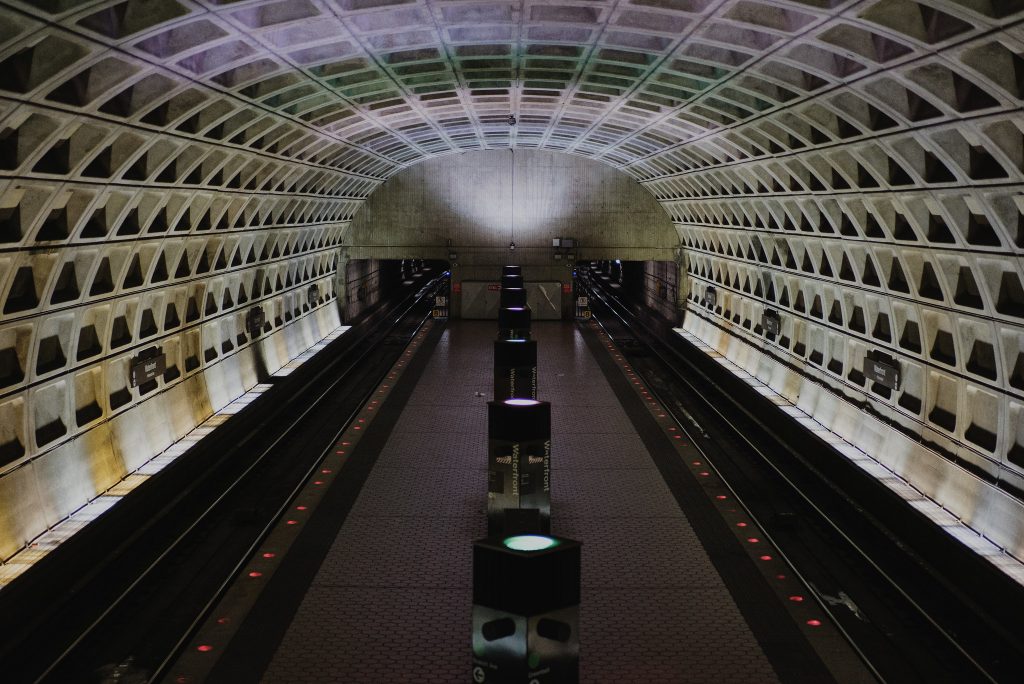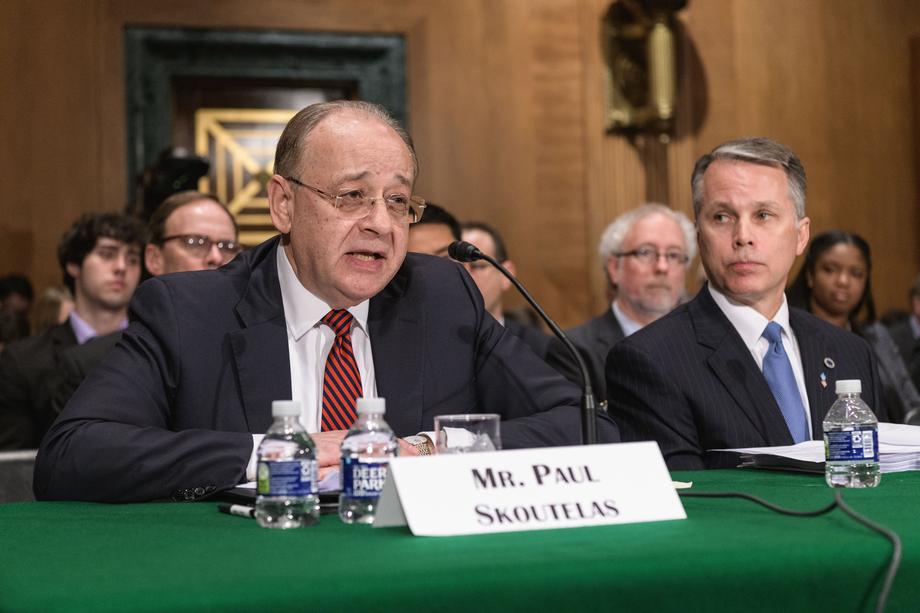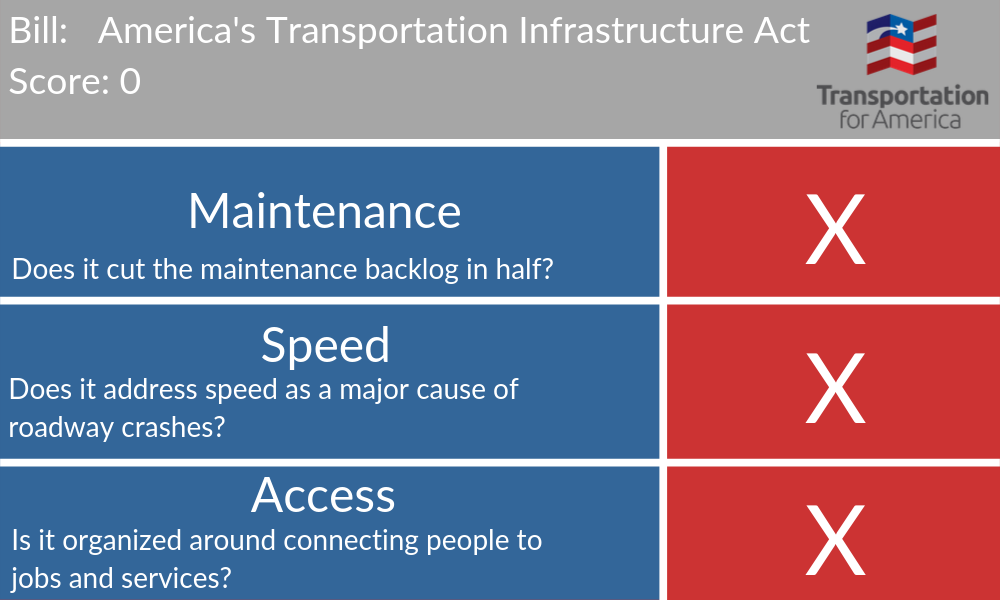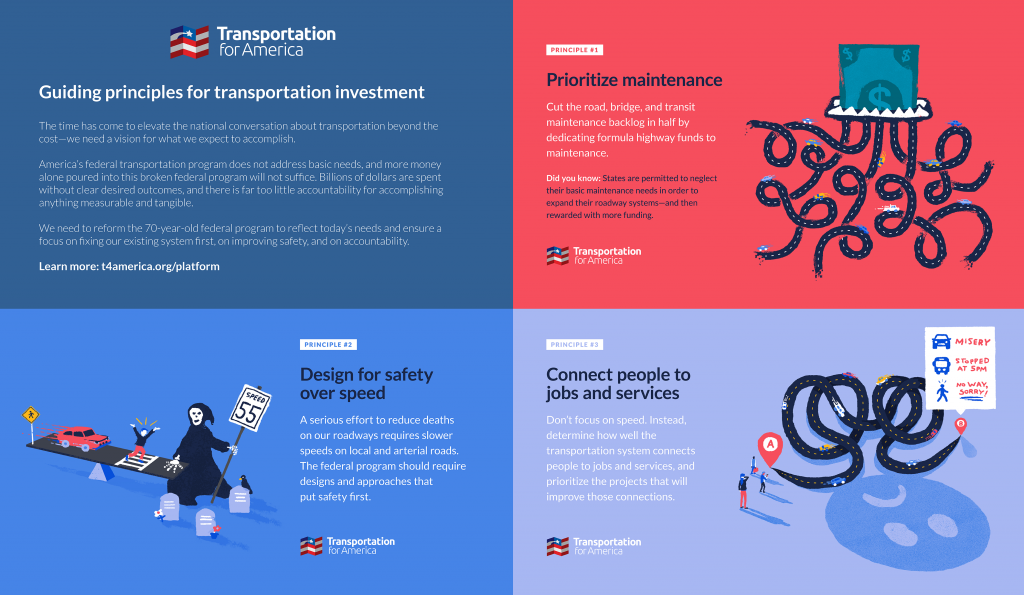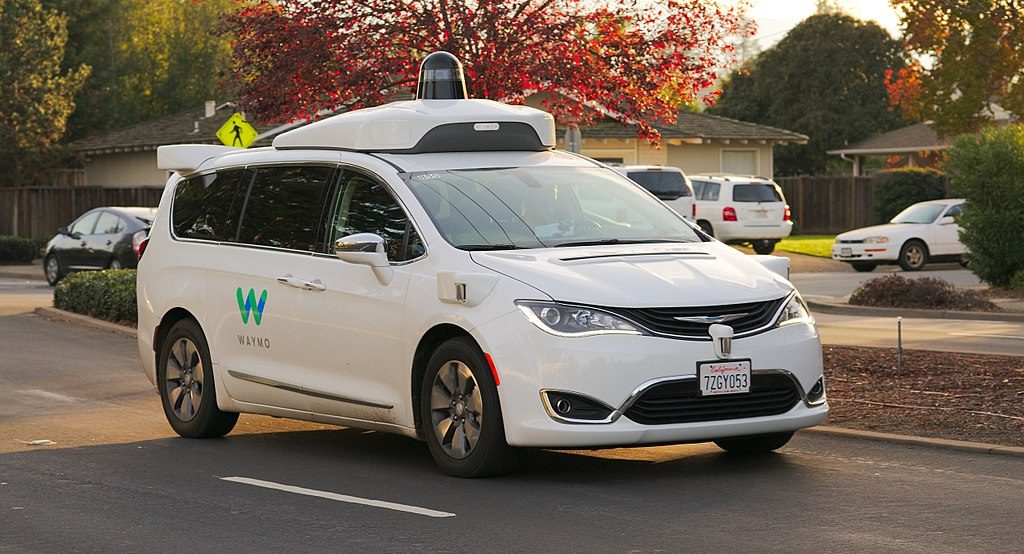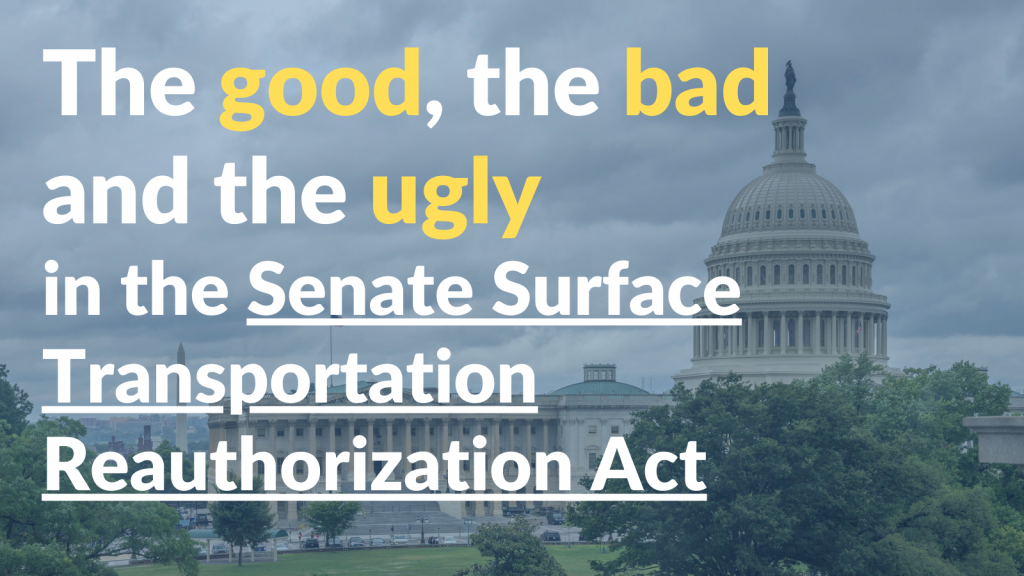
The Senate committee responsible for writing the highway provisions for our country’s long-term transportation policies released their proposal over the weekend. This bill makes some notable improvements and creates some vital, small new programs, but largely leaves the problematic status quo intact—akin to filling up a bucket with a leak in it.

Our country’s fundamental transportation problems—huge numbers of people killed on our roadways, skyrocketing greenhouse gas emissions, the inability to participate in the economy if you can’t spend $10,000 per year on a vehicle or have disabilities—are getting worse. Yet our federal transportation policy hasn’t changed in decades and is perpetuating many of these problems.
That’s why Transportation for America believes that current policy must be rewritten with these three principles to redirect funding in order to achieve the outcomes we need: getting everyone where they need to go safely, sustainably, affordably and conveniently. But this past weekend, the Senate Environment and Public Works (EPW) Committee released the “Surface Transportation Reauthorization Act of 2021” that follows the same-old, status quo approach.
(Update 6/15/21: This bill was approved by the committee and advanced to the Senate with no tangible improvements. We believe that both Republicans and Democrats traded away their core principles in the name of bipartisanship. We sent this letter to Senate leaders, signed by dozens of organizations and leaders from across the country, noting that “these failures cannot be fixed with tweaks around the edges. They require a fundamental rethinking of what the American taxpayer should get for their investment in transportation infrastructure.” A week before that, the House released their full five-year transportation proposal, which we praised and which went three-for-three on our core principles, in sharp contrast to this Senate bill.)
While there are definitely some things worth praising in this bill, it’s a lot like summer 2019, when this same committee passed a status quo bill that would make our climate, income inequality, economy, safety, and health much worse. Here’s our breakdown.
The good
Regular updates of the traffic engineers’ bible: The Manual on Uniform Traffic Control Devices (MUTCD) is a monster of a planning document that provides guidance for street designs across the country. The current iteration is marked by an overall approach that prioritizes moving cars quickly through developed areas (including downtowns) at the expense of the safety for everyone else. This 1950s approach to transportation makes it too hard to implement life-saving solutions, like requiring a certain number of people to be killed while walking at an intersection before a crosswalk can be added.
This bill requires the Federal Highway Administration (FHWA) to update the MUTCD now and every three years with a focus on vulnerable users and safely testing automated vehicles. After months of trying to get the MUTCD changed this year, this is a huge win for Transportation for America, our partners (particularly America Walks and NACTO who led the effort), and anyone who cares about a people-first approach to street design that will save lives.
Requires states to spend active transportation dollars on active transportation: The small Transportation Alternatives Program (TAP) is designed to support projects that make it safer and more convenient to walk or bike. Currently, some states move these funds very slowly or transfer them to other programs. This bill would allow the Secretary of Transportation to increase the amount sent directly to the local governments clamoring for these funds to ensure that it gets spent on making it safe and comfortable for people to move around outside of a car.
Support for measuring multimodal access to jobs and essential services: Based on the COMMUTE Act, introduced by Sens. Tammy Baldwin (D-WI) and Joni Ernst (R-IA), developed with T4America, the bill includes a transportation pilot program to develop or procure an accessibility data set and make it available to those selected to participate. The goal is to measure the level of access by surface transportation modes to important destinations, including jobs and essential services. It is authorized for 8 years and funded out of the department’s research program.
Creates a pilot program to measure access: For decades, the federal transportation program has spent money without any evaluation of where people need to go and how they can get there—focusing instead on moving cars quickly to nowhere. That’s why connecting people to jobs and services is one of Transportation for America’s three principles. This bill establishes a pilot program to develop or procure an access to jobs and essential services data set and make it available to those selected to participate.
Good, but…
Some funding to repair damage of urban highways but no measures to prevent displacement: This bill would create a sorely-needed $100 million per year competitive pilot program to reconnect communities that were divided by a highway or other infrastructure, based on our proposal with Third Way. This is indeed a major, welcome development, but $100 million is a drop in the bucket, and it also lacks any anti-displacement provisions to ensure that potential highway teardowns don’t harm the same communities by driving up the price of housing.
Complete Streets policies (good) but no requirement to fund them: This bill requires states and metro areas to use their funding and time to adopt Complete Street policies and standards, and develop a Complete Streets prioritization plan, but it fails to require them to apply that plan to the majority of the federal funds they receive.
A bridge repair program that lets new construction go unchecked: This bill creates a new $600 million competitive grant program for bridge repair or replacement, but once again, the Senate is choosing to create a stand alone new program in an attempt to fix a problem (bridge repair) that will be undermined by the lack of any requirement for states to prioritize repairing bridges. (See “the ugly” below.) We’ve had dedicated bridge repair programs before (as recently as 2012), and it failed to eliminate the backlog because states were allowed to just continue building more roads and bridges at the same time.
The bad
A carbon reduction program that’s no match for highway funding: This bill creates a program that sounds exciting (it would fund projects like advanced truck stop electrification systems, public transportation, facilities for pedestrians and bicyclists, congestion management technologies and more) until you realize that: 1) it is a small project to fix problems that the larger program will continue to create, 2) is subject to a provision that allows states to transfer 50 percent out if they wish, and 3) allows many states to opt out completely. So, much less exciting.
Propane and natural gas fueling stations…? Transportation is the largest source of carbon emissions in the U.S., and the majority of them come from driving. To address this, the EPW bill establishes a competitive grant program for Alternative Fuel Corridors to deploy electric vehicle charging infrastructure, hydrogen fueling infrastructure, propane fueling infrastructure (only for medium and heavy-duty vehicles), and natural gas fueling infrastructure along alternative fuel corridors. Deploying propane and natural gas stations is out of step with our needs and the kind of solution we’d expect to see proposed 20 years ago.
Continues to suggest that highways are the only solution for moving freight: The freight programs were created to identify barriers to freight movement and projects to remove them. All the planning is multimodal. But nearly all of the funding is for highways. The current program allows a meager 10 percent of funding to go to multimodal projects. This bill raises that number to 30 percent. Apparently states need flexibility to set targets for more roadway fatalities, but not to spend freight funds outside of highway improvements.
The ugly
No tightening of safety performance measures: While states have to set targets for improving roadway safety, states can actually plan for more people to be killed than in the previous year with no penalties. This bill fails to fix that. It attempts to dedicate funding to vulnerable users, adding a requirement that when 15 percent of road deaths are pedestrians, cyclists, or people using mobility-assistive devices, that state needs to spend 15 percent of Highway Safety Improvement Program (HSIP) funds on addressing vulnerable user safety.
To give an example of just how pitiful this is, in Florida (the most dangerous state for pedestrians), would be required to spend $18.7 million on vulnerable users of the $2 billion they get from the feds. The message, just from the scale, is that this is not a priority.
No requirement to fix-it-first: Our Repair Priorities report makes this clear: when states aren’t required to spend highway dollars on maintenance, many choose to build new roads that let the maintenance backlog grow, often on projects that make traffic worse. In fact, the Washington Post reported on this tendency to ignore repair just today. FHWA estimates a $435 billion repair backlog and the Post’s analysis found that one-fifth of the nation’s major roads were rated in poor condition in 2019, yet “more than one-third of states’ capital spending on roads that year, $19 billion, went toward expanding the road network rather than chipping away at the backlog.”
This bill contains no requirement that states prioritize repair or have a plan to maintain what they build or make progress on the state of repair of their system. This approach was approved unanimously in the House Transportation and Infrastructure Committee when they moved the INVEST Act last summer, and it should be an obvious fix.
Exempts states from measuring and reducing greenhouse gas emissions: Instead of an executive action that can be implemented and undone by a future administration, this bill would legislatively direct USDOT and EPA to require states to measure and set targets for CO2 emissions from transportation. The Obama administration promulgated a rule to do just that, and it was withdrawn by the Trump administration. Unfortunately, this bill allows states to be exempted from this rule, rendering it meaningless. The rule is just to measure and set targets. Even that seems to be too much to ask.
No requirement to build resilient infrastructure: This bill provides a good pot of money to plan and make improvements to infrastructure to make it more resilient, both through planning and by building protective infrastructure on or near transportation assets to weather increasingly worse storms. But none of it is required. So a state can choose to build infrastructure that is vulnerable to natural disasters and then have the federal taxpayer bail them out by replacing that with a new, equally unprotected asset. Due to an additional change in the rules, the taxpayer might pay not just to replace the vulnerable asset but expand it—and likely replace the now bigger asset again later.
Luckily, it can be fixed
This bill is emblematic of our traditional approach to our country’s massive transportation problems: create new, too-small programs ostensibly designed to address major problems while continuing to perpetuate the same damage with the bigger core highway programs. For example, the majority of this bill will pour billions into the same-old highway programs that states use to pursue damaging, divisive, and largely redundant projects like the I-45 expansion in Houston.
The good news is that these areas are fixable with targeted changes or amendments. Transportation for America is working on four amendments we urge the EPW Committee to incorporate into the bill this Wednesday during the mark-up hearing. These amendments would improve the equity, climate, safety and repair sections of this bill. Stay tuned for more information by subscribing to our mailing list or following us on Twitter.





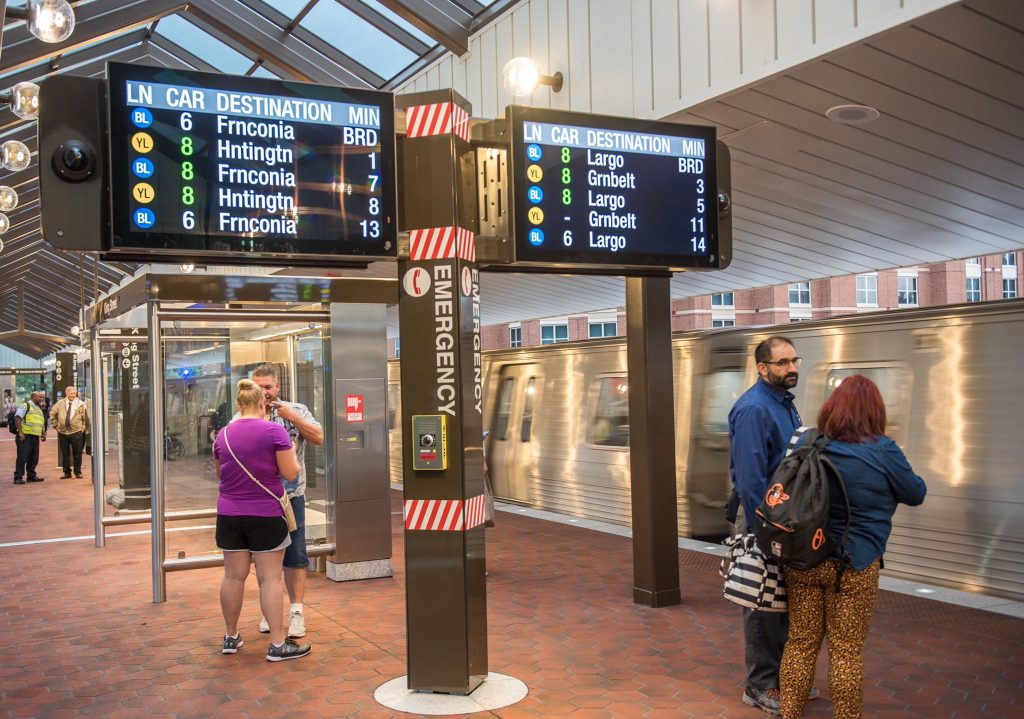
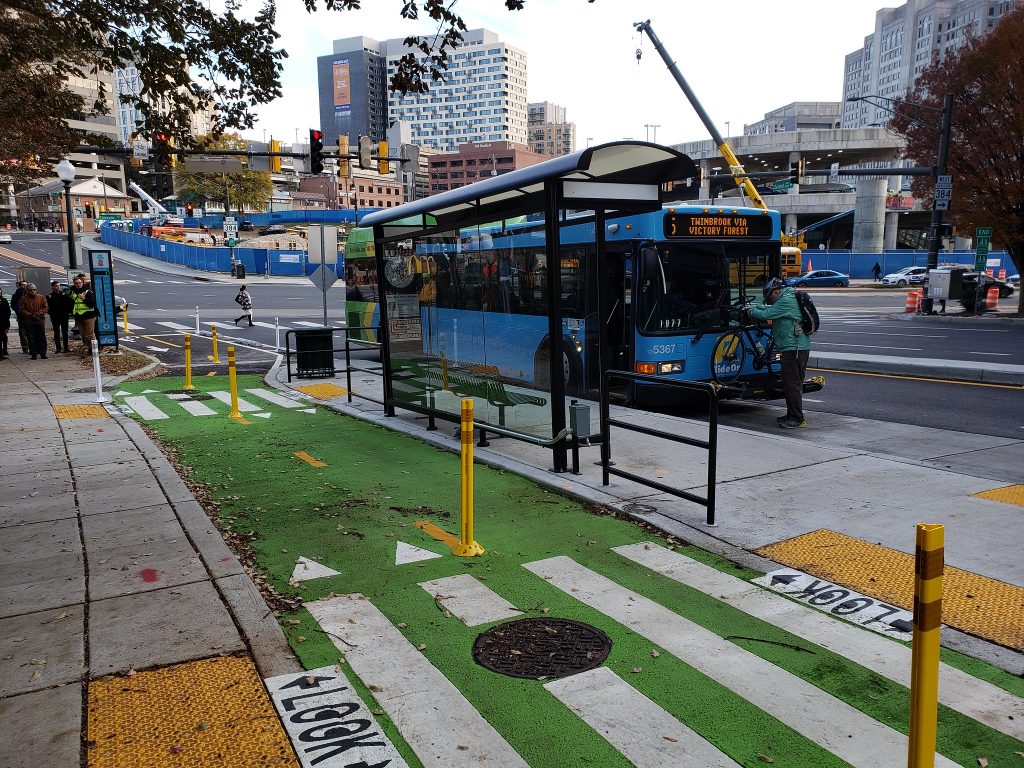
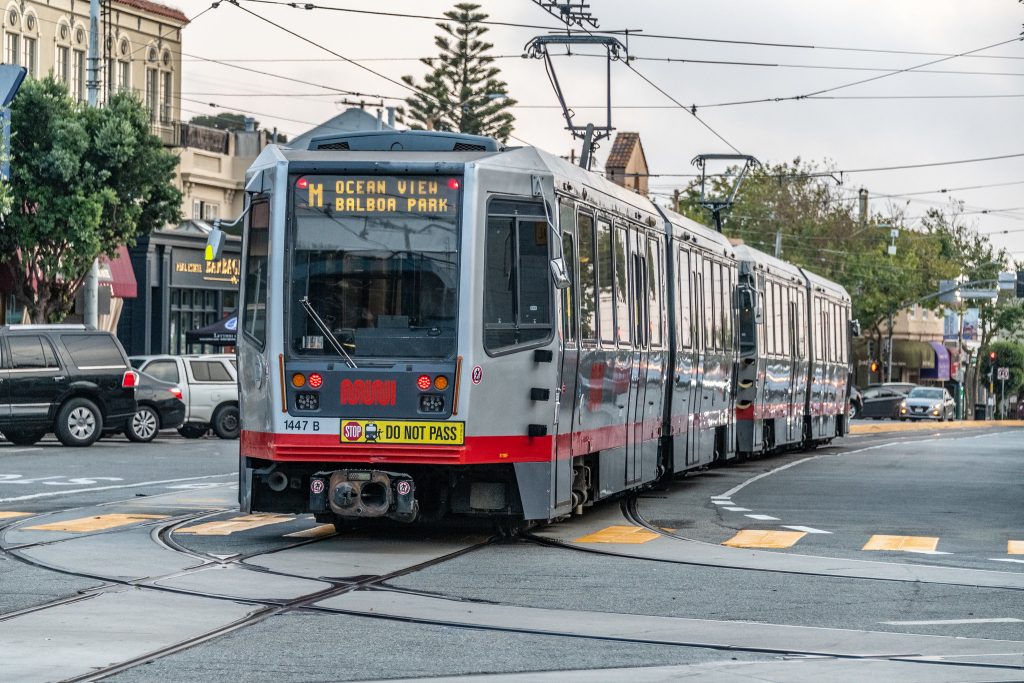
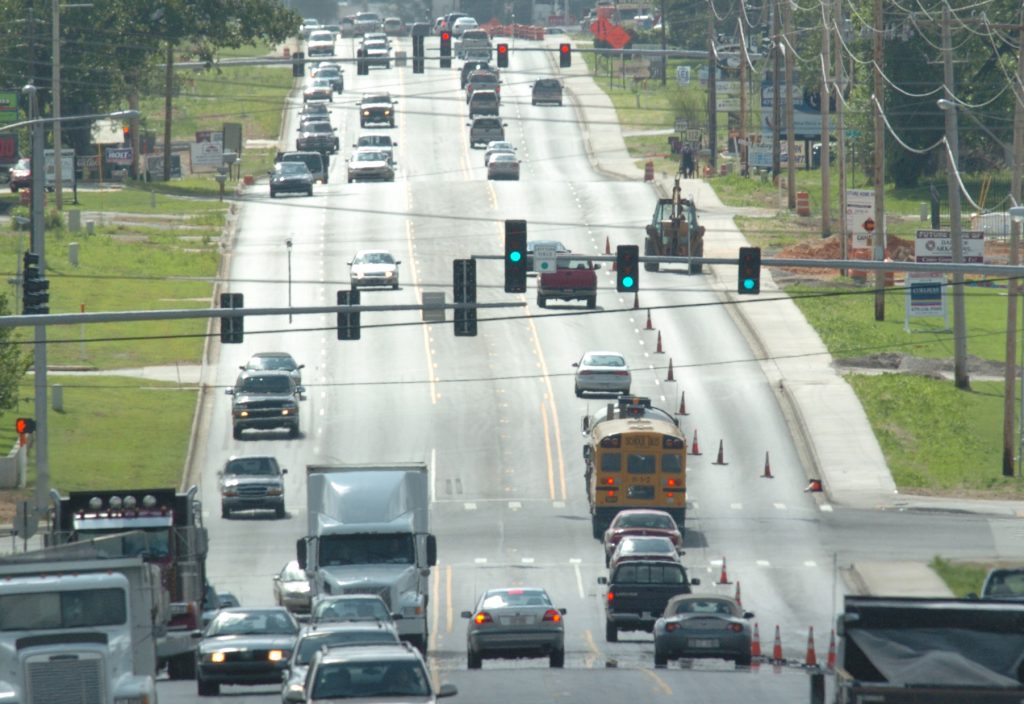

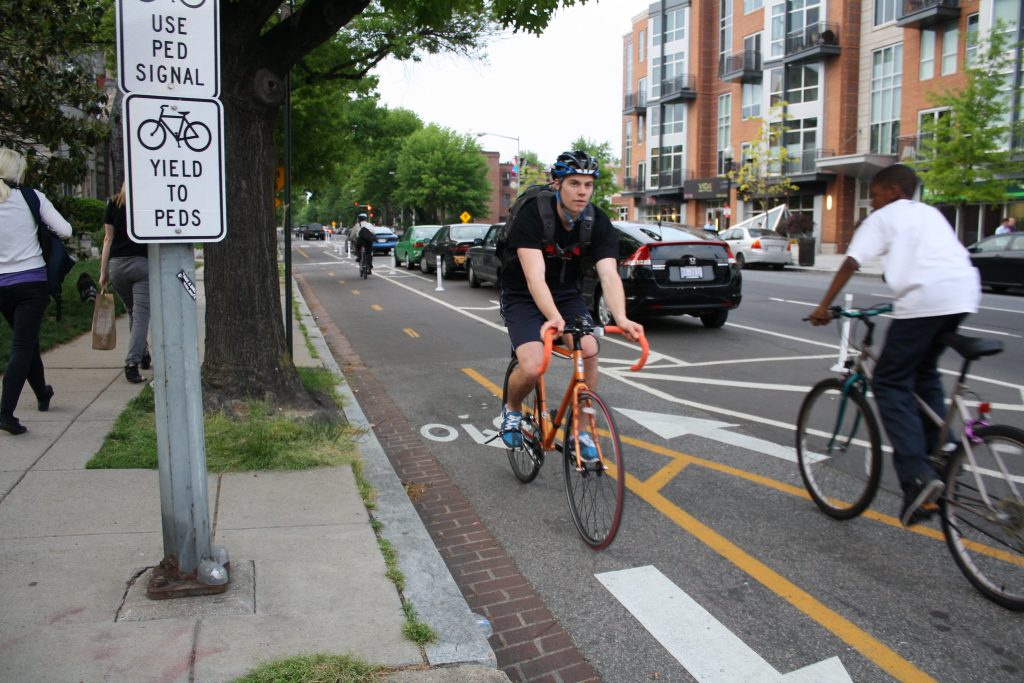
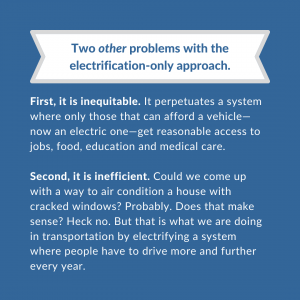 We won’t be able to increase fuel efficiency and electrify cars faster than VMT is rising, reducing the impact of electrification particularly in the next 10-20 years. And VMT is rising because the current federal transportation program—the broken program that the Senate is proposing to effectively renew with more money for five years—
We won’t be able to increase fuel efficiency and electrify cars faster than VMT is rising, reducing the impact of electrification particularly in the next 10-20 years. And VMT is rising because the current federal transportation program—the broken program that the Senate is proposing to effectively renew with more money for five years—